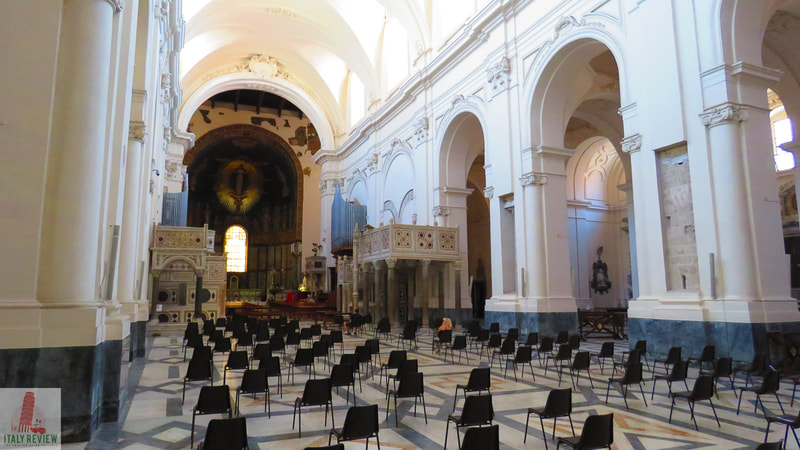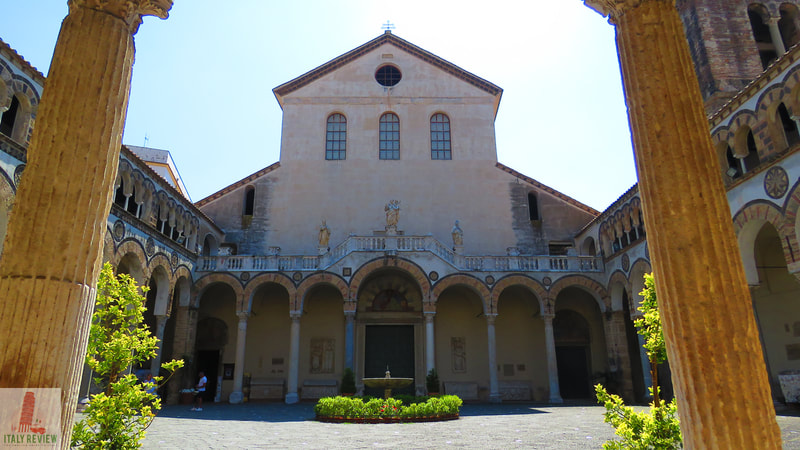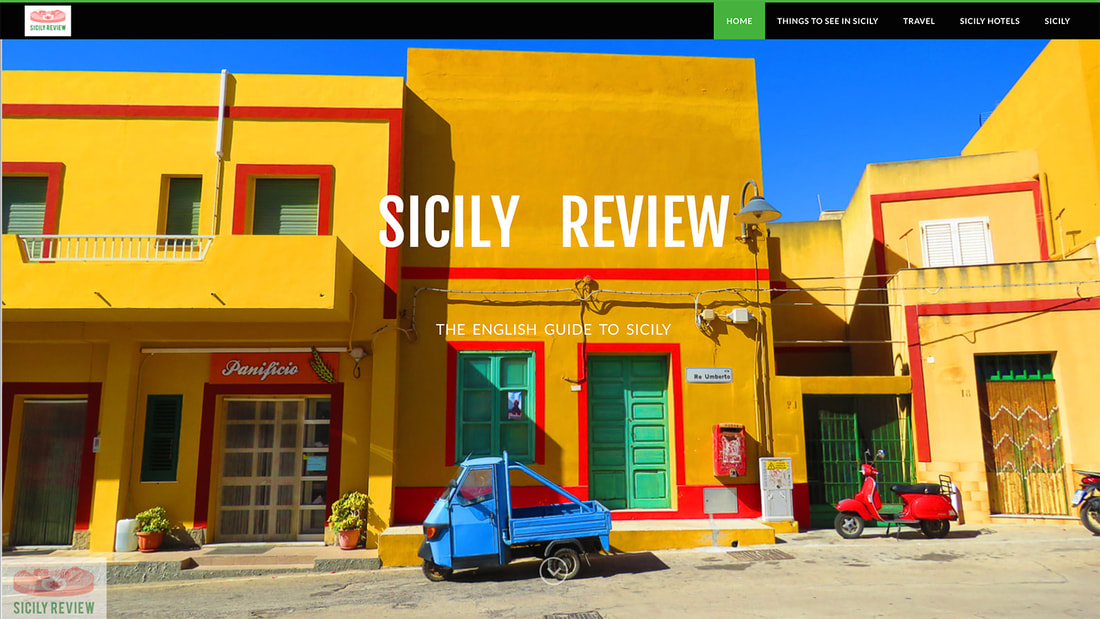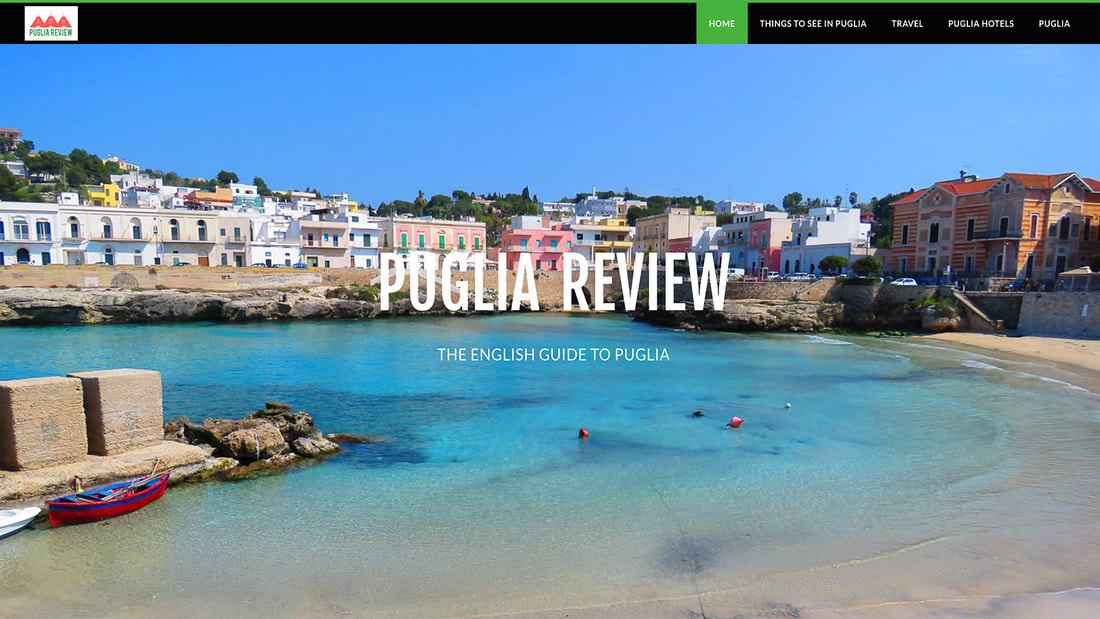Salerno Cathedral
Latest update: 29 January 2024
|
The Salerno Cathedral, or Cattedrale di Santa Maria degli Angeli, San Matteo e Grogorio VII, is the main religious building in the coastal city of Salerno in the southern Italian region of Campania.
The church was completed in 1085 and built in the Romanesque architectural style. Its most famous feature is the underground Crypt of Saint Matthew with its highly elaborate decoration. |
|
Related links
|
City: Salerno
Province: Salerno Region: Campania Completed: 1085 Architectural style: Romanesque Close by: Amalfi Coast, Cava de Tirreni, Battipaglia, Eboli Recommended accommodation: Hotel Plaza |







